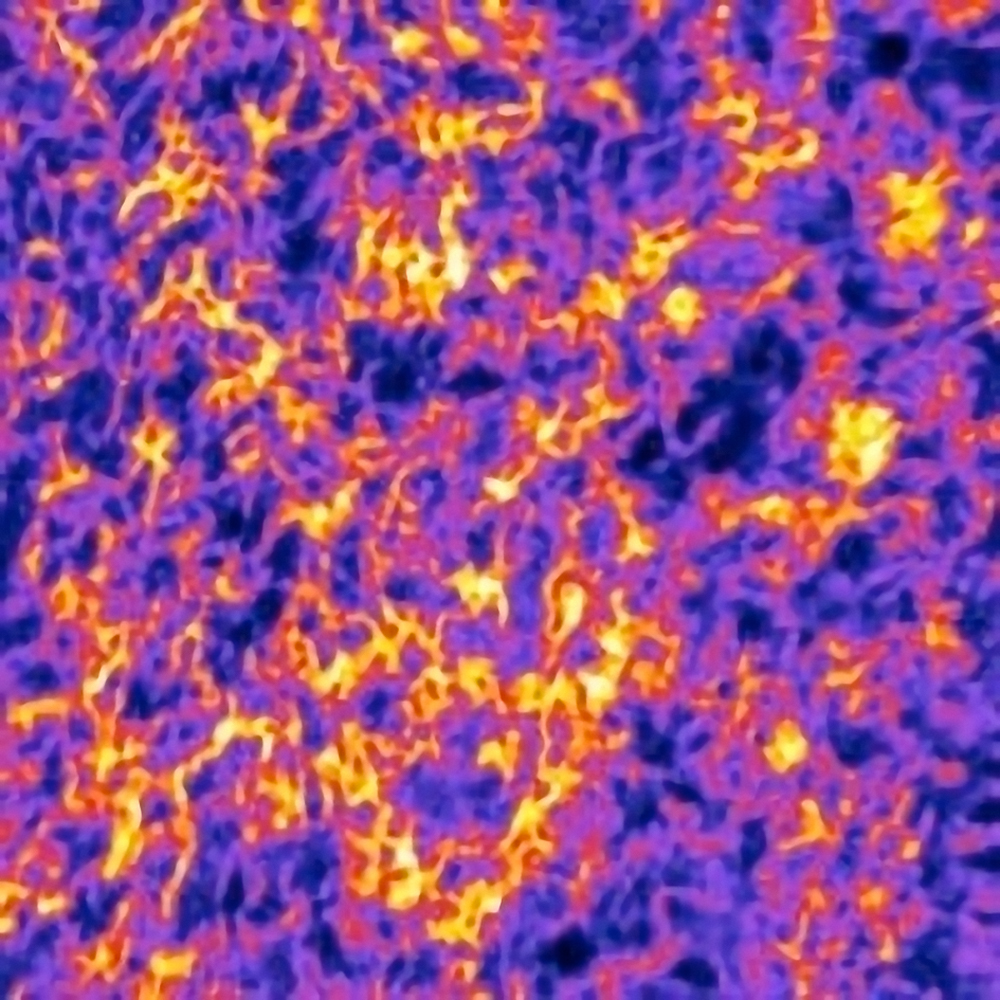Researchers at the University of Western Australia and the University of California, Los Angeles collaborated in using the AMMRF flagship NanoSIMS instrument, to visualise and measure “accessible cholesterol” on the surface of cells. Cholesterol is critical for the integrity of cell membranes throughout the body but elevated levels of cholesterol in the blood are a major risk factor for coronary artery disease. The NanoSIMS was used because it can easily localise different pools of cholesterol containing incorporated isotopes.
Results show that the accessible pool of cholesterol is enriched on cell surface projections supporting the idea that these projections help control the movement of cholesterol into and out of cells. The results could yield new strategies for lowering cholesterol levels in the blood or developing new types of cholesterol-lowering drugs. The work was published recently in PNAS.

NanoSIMS image of cholesterol
February 15, 2017